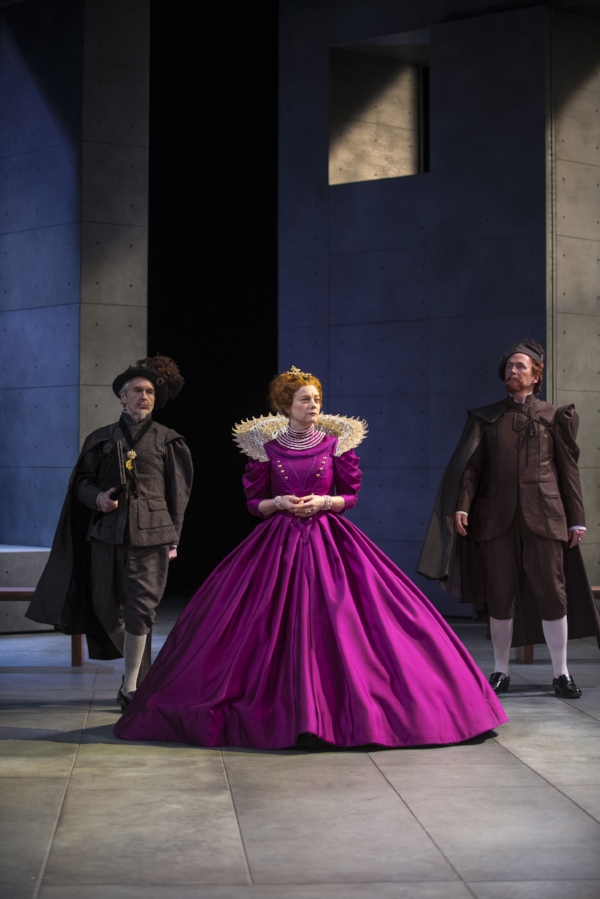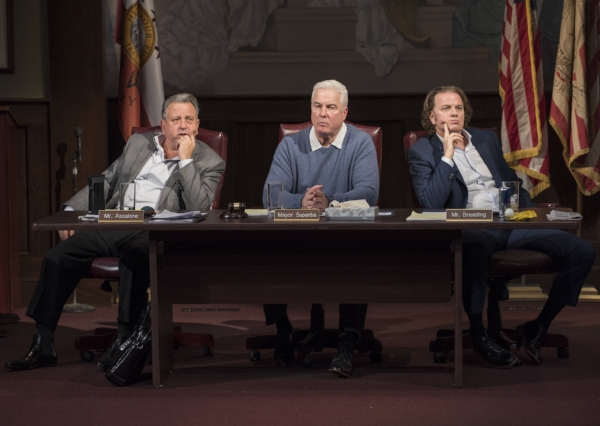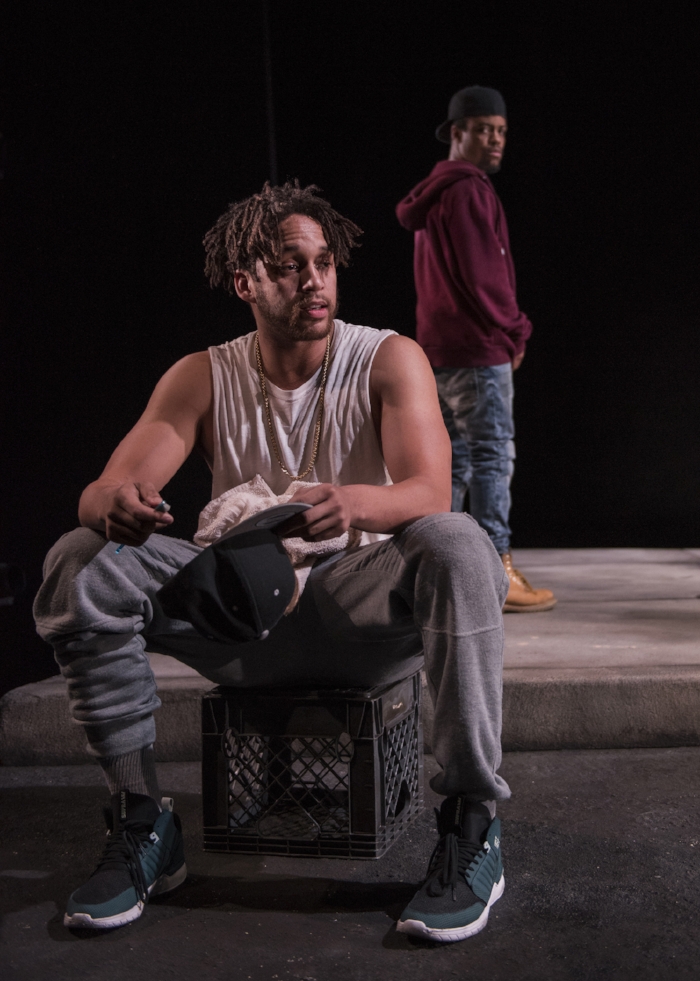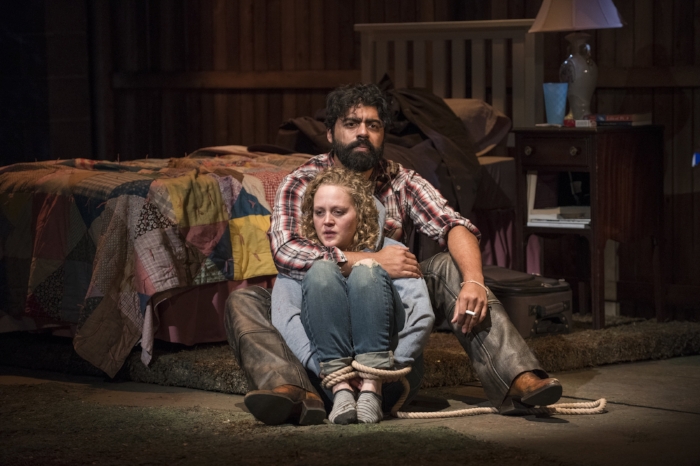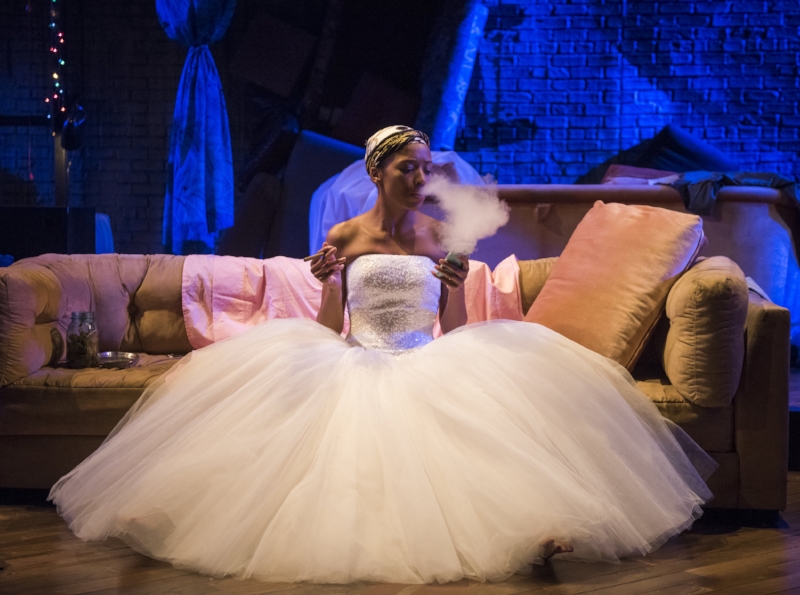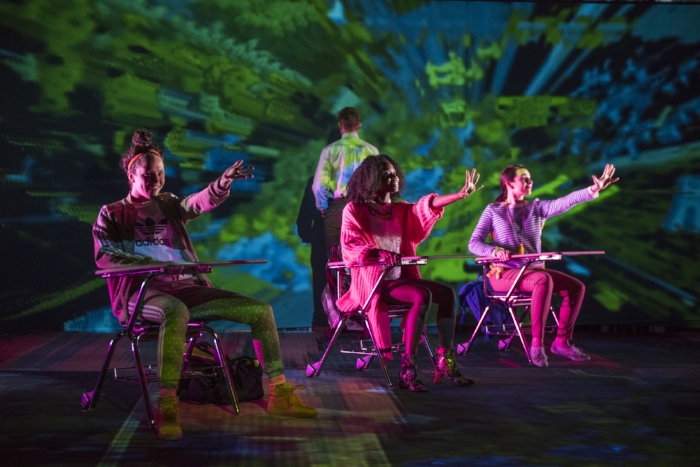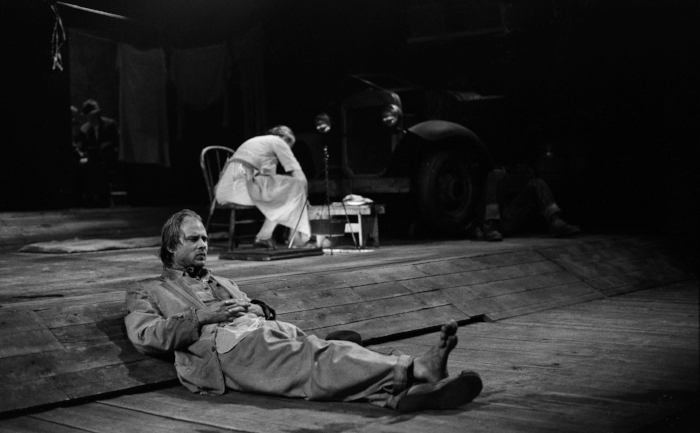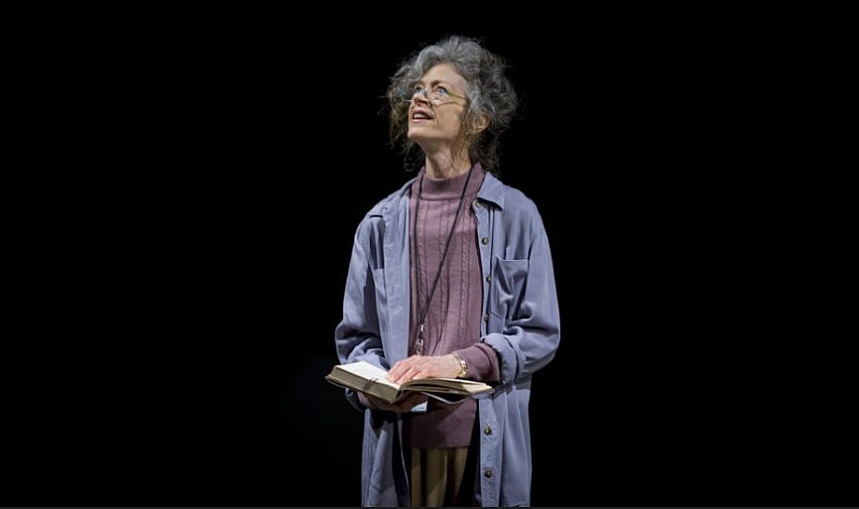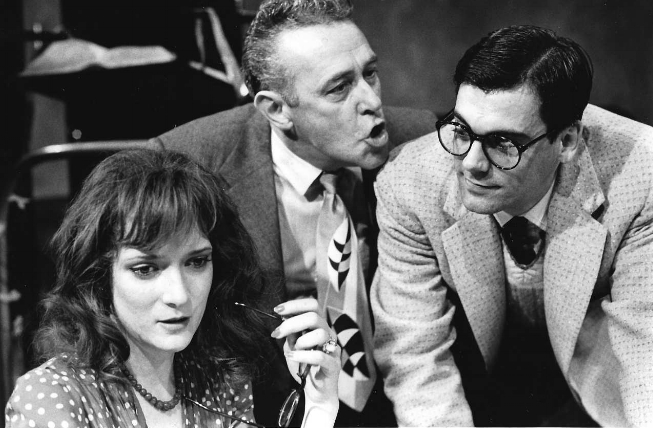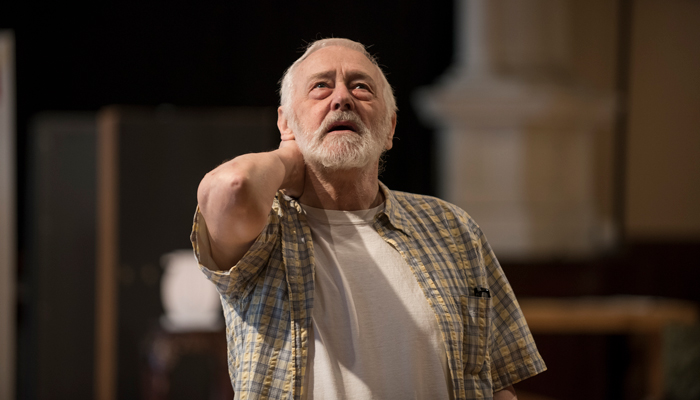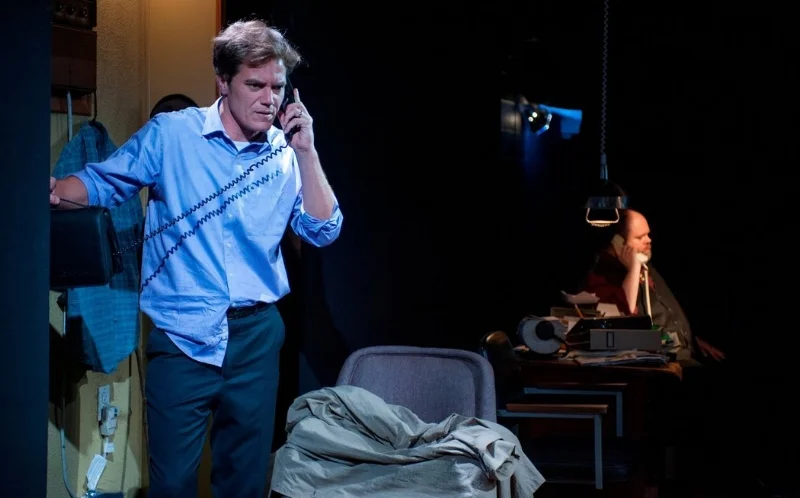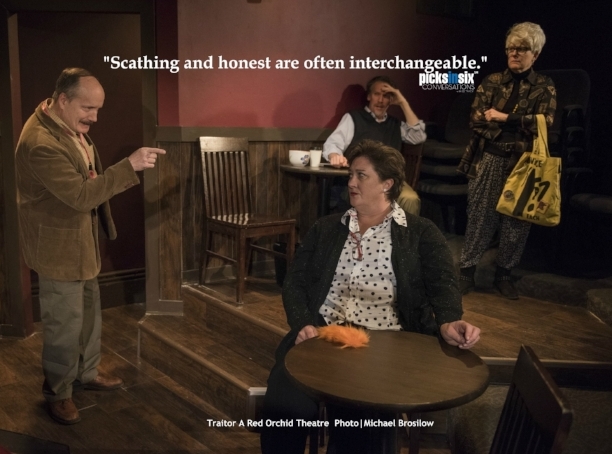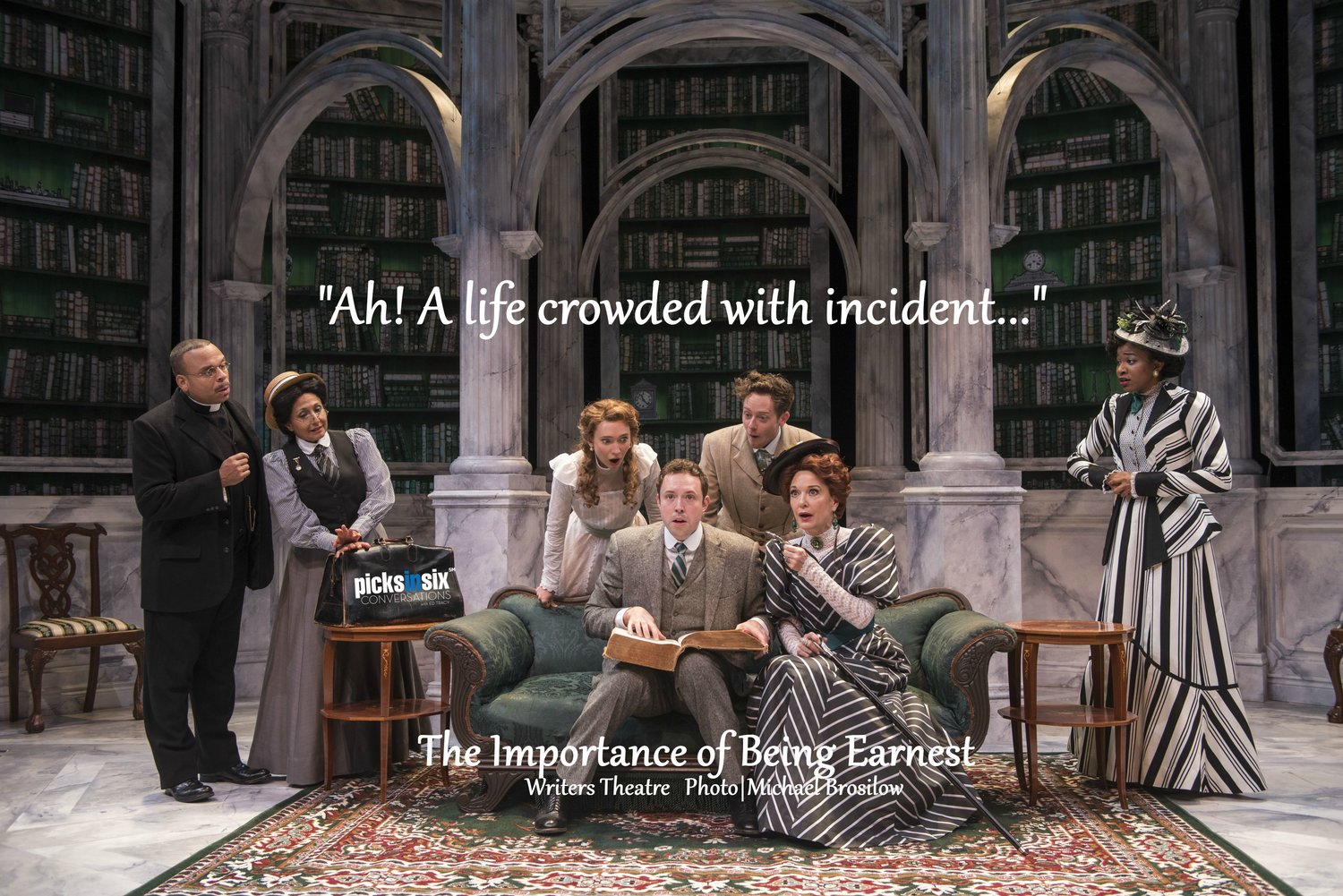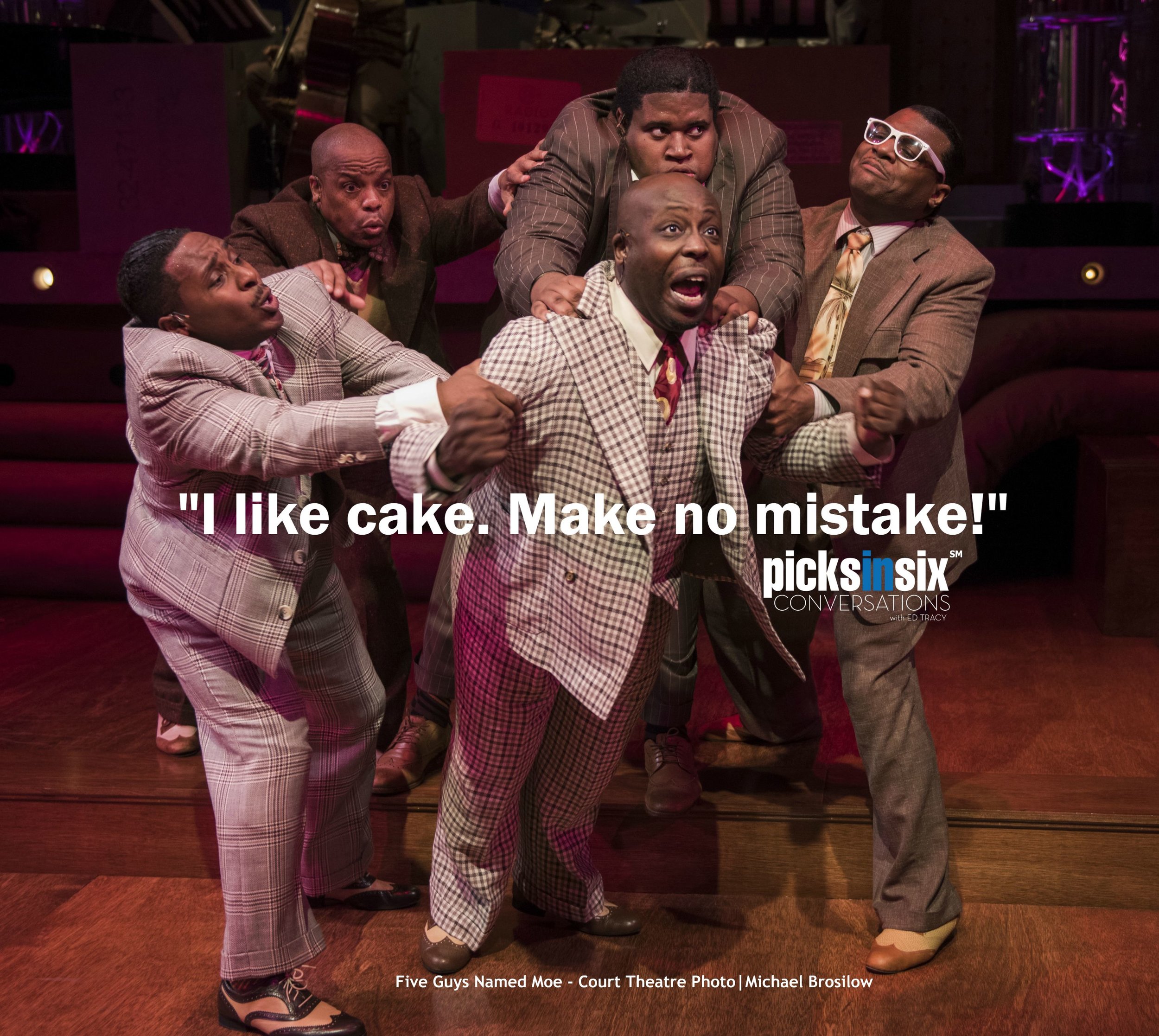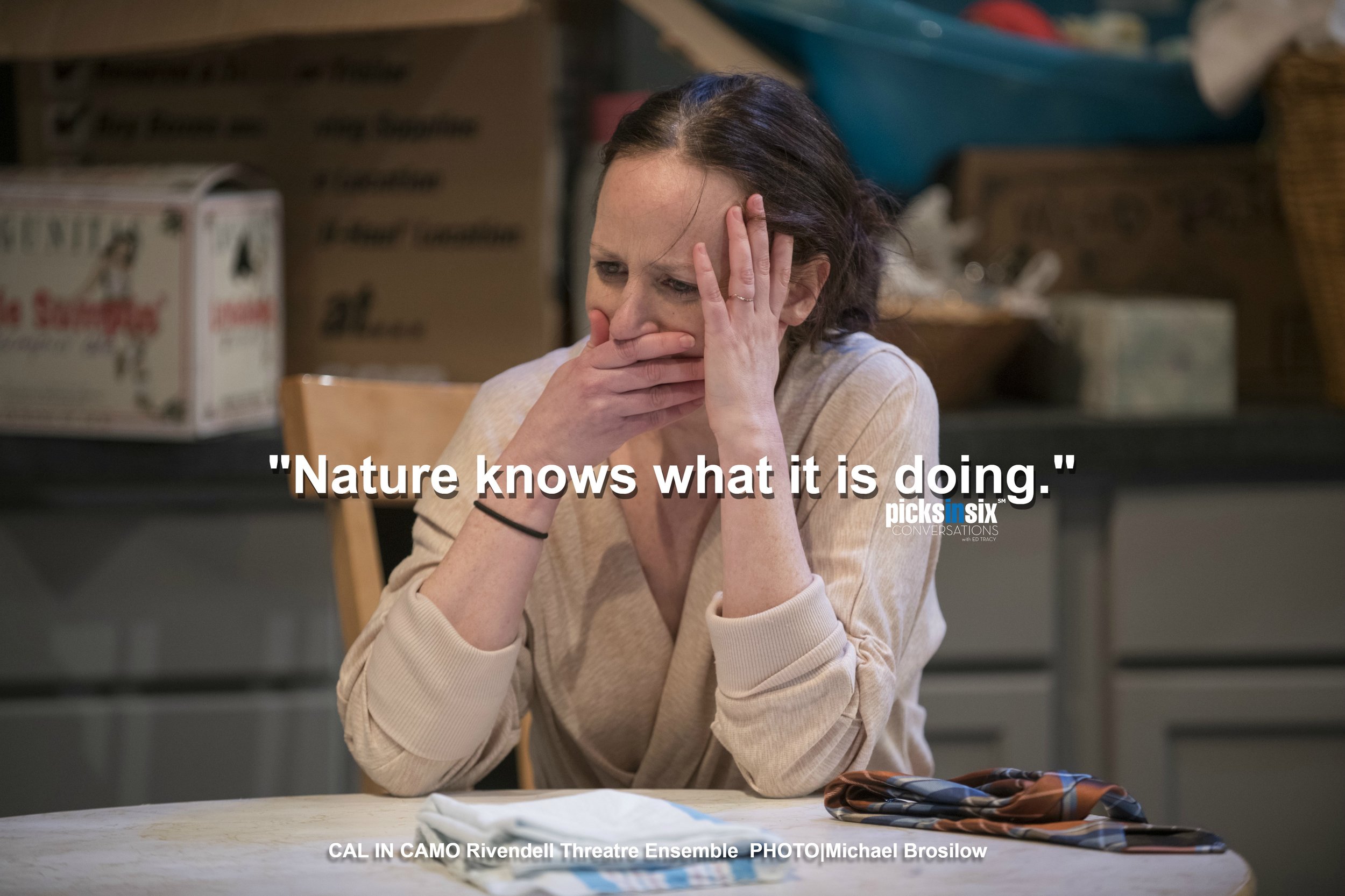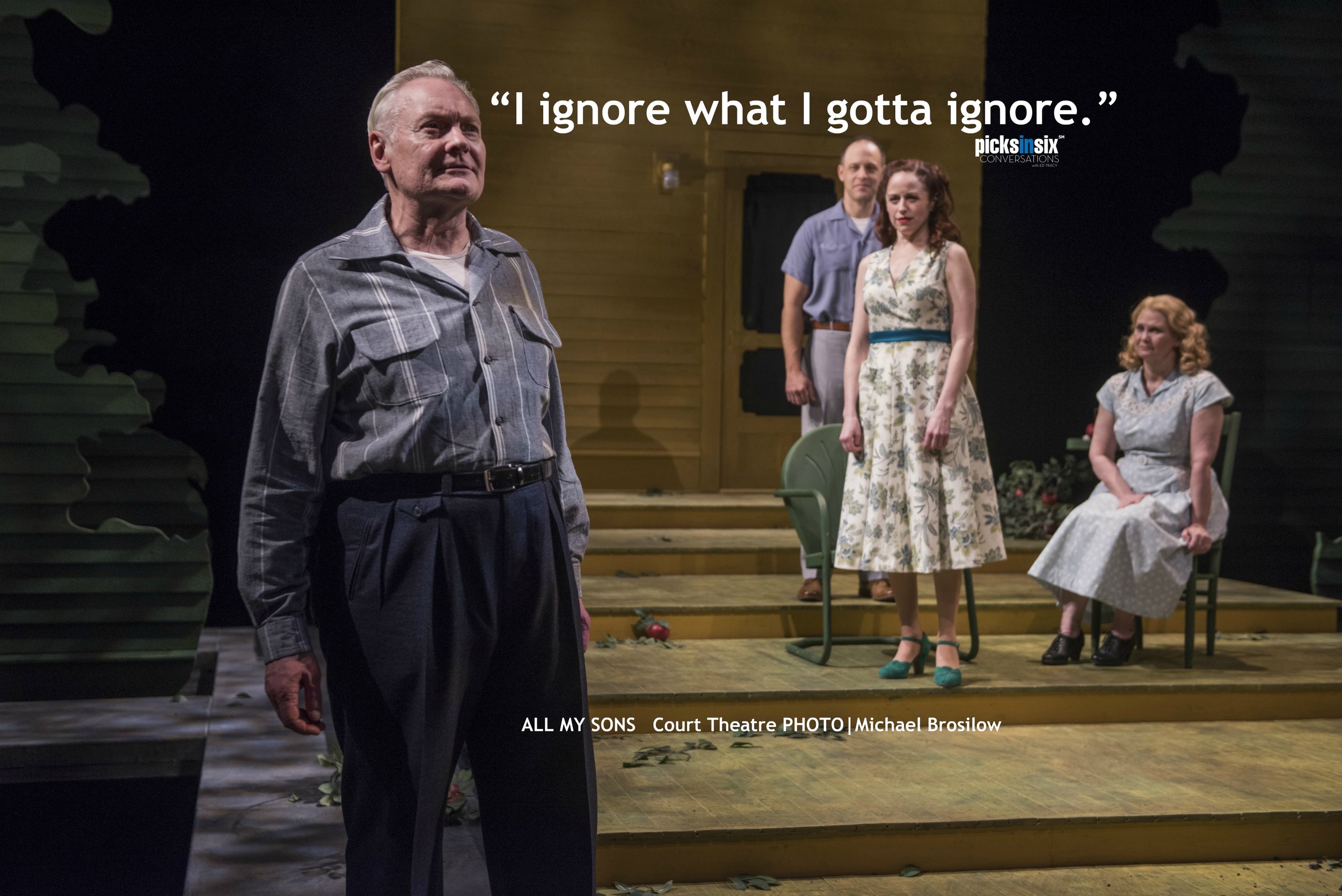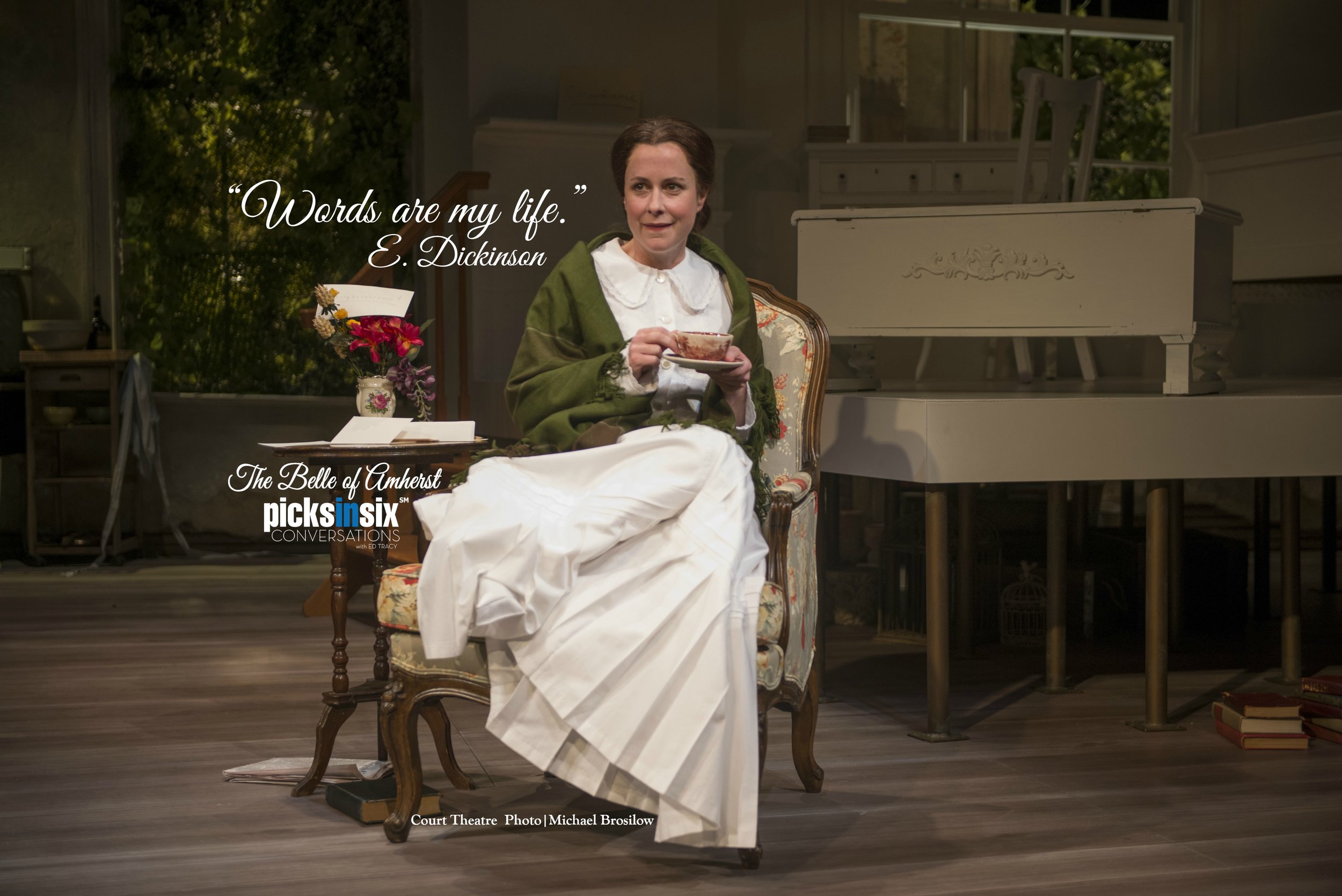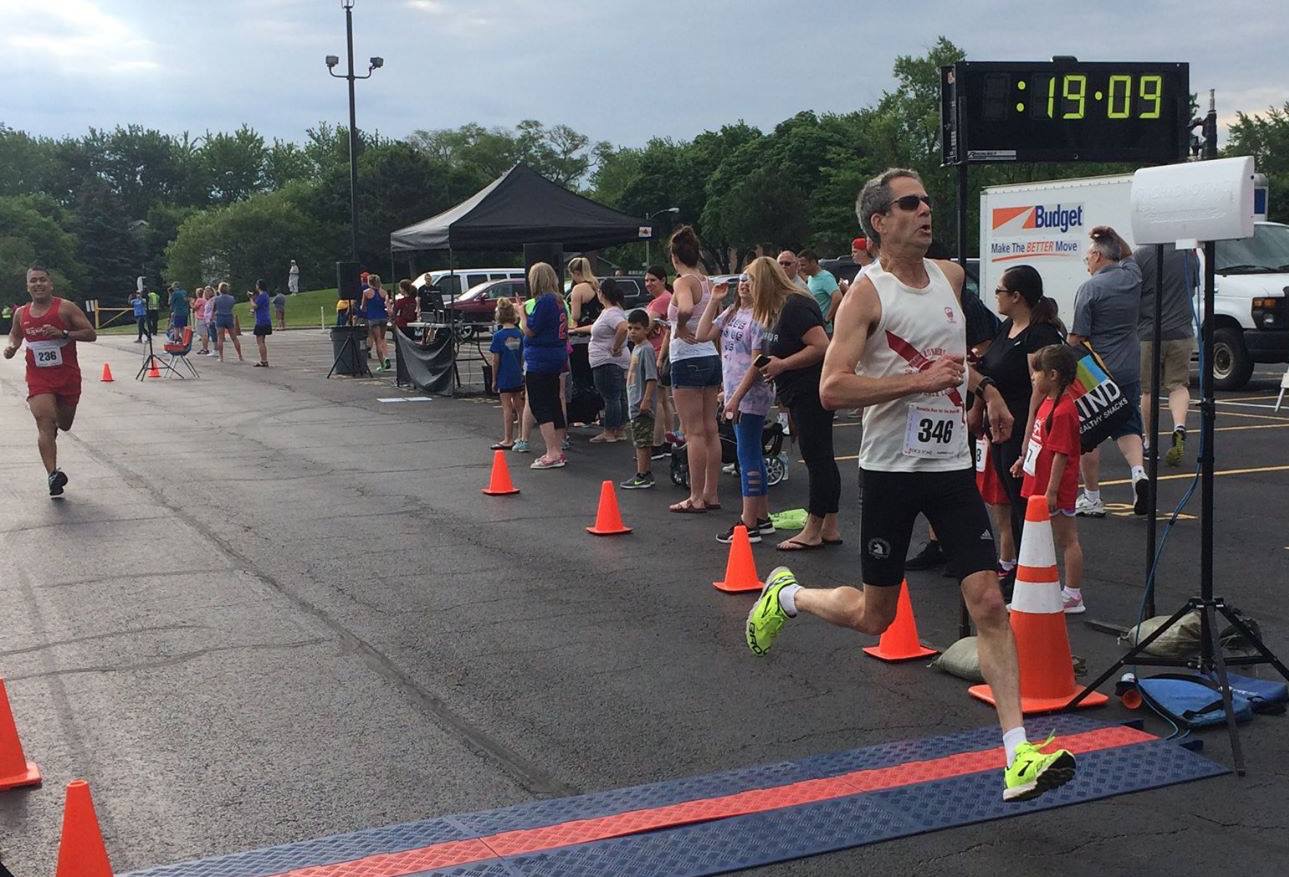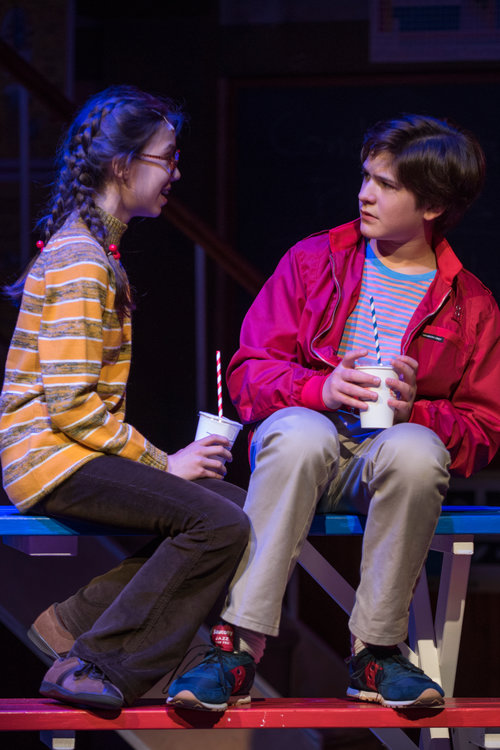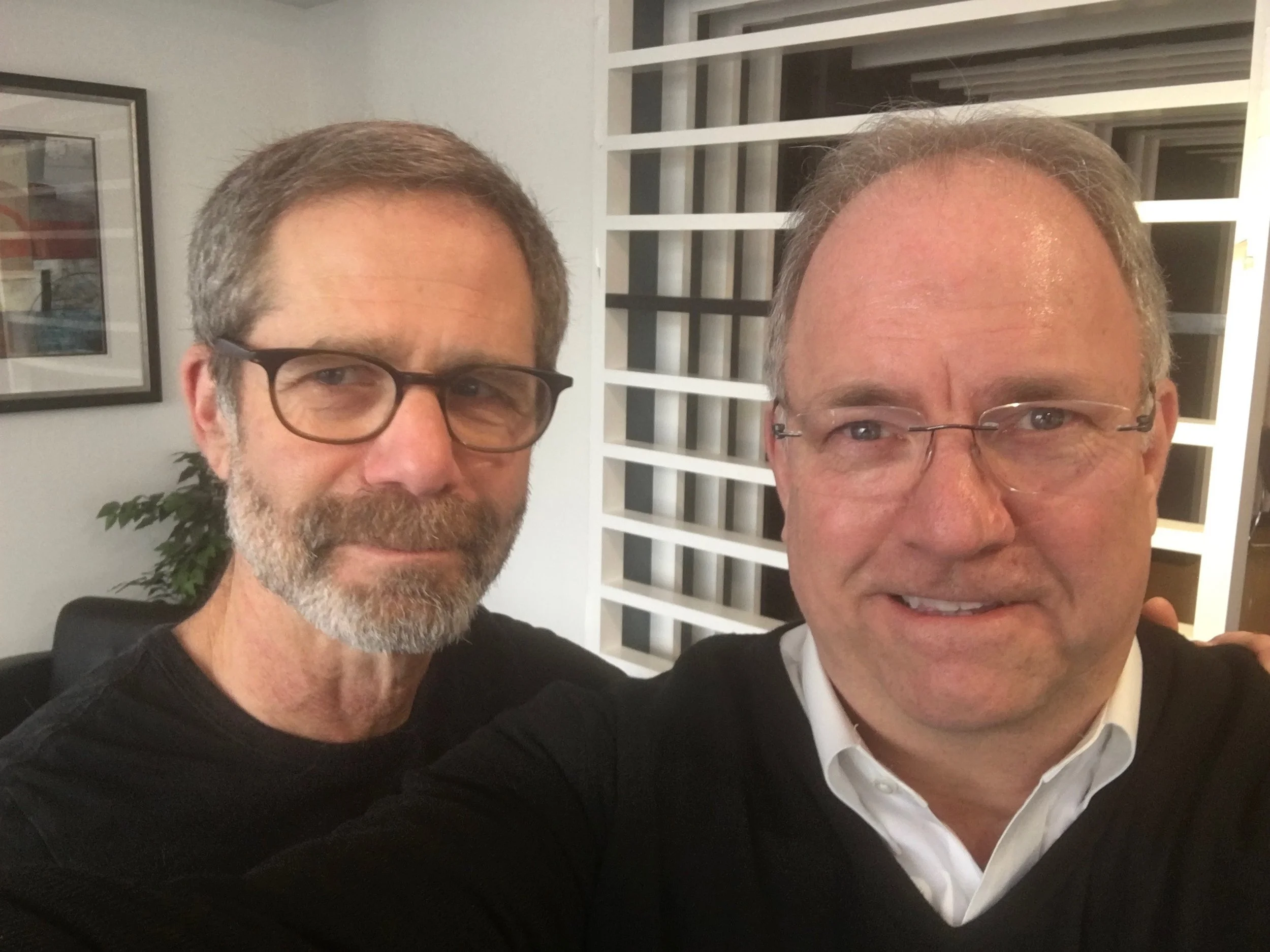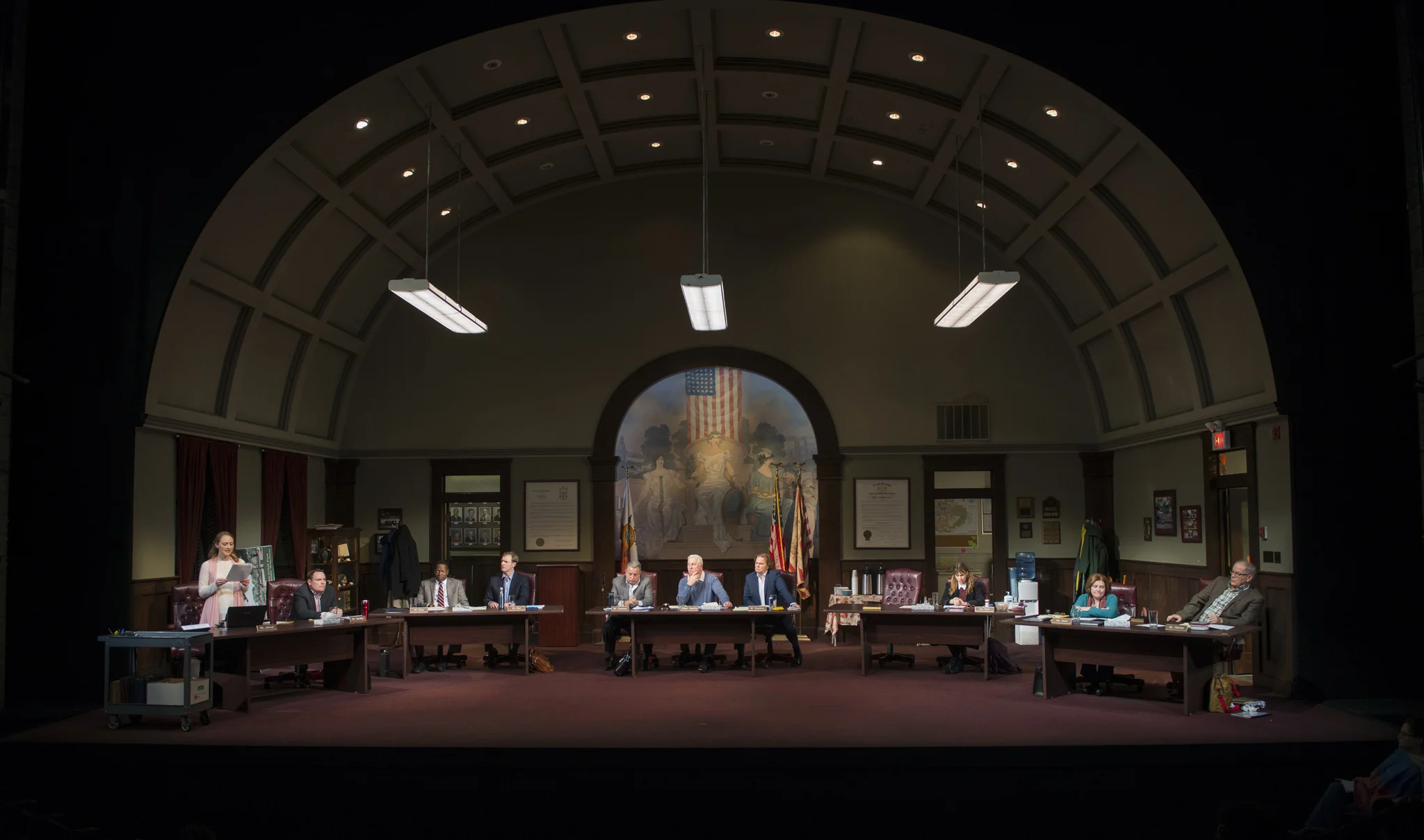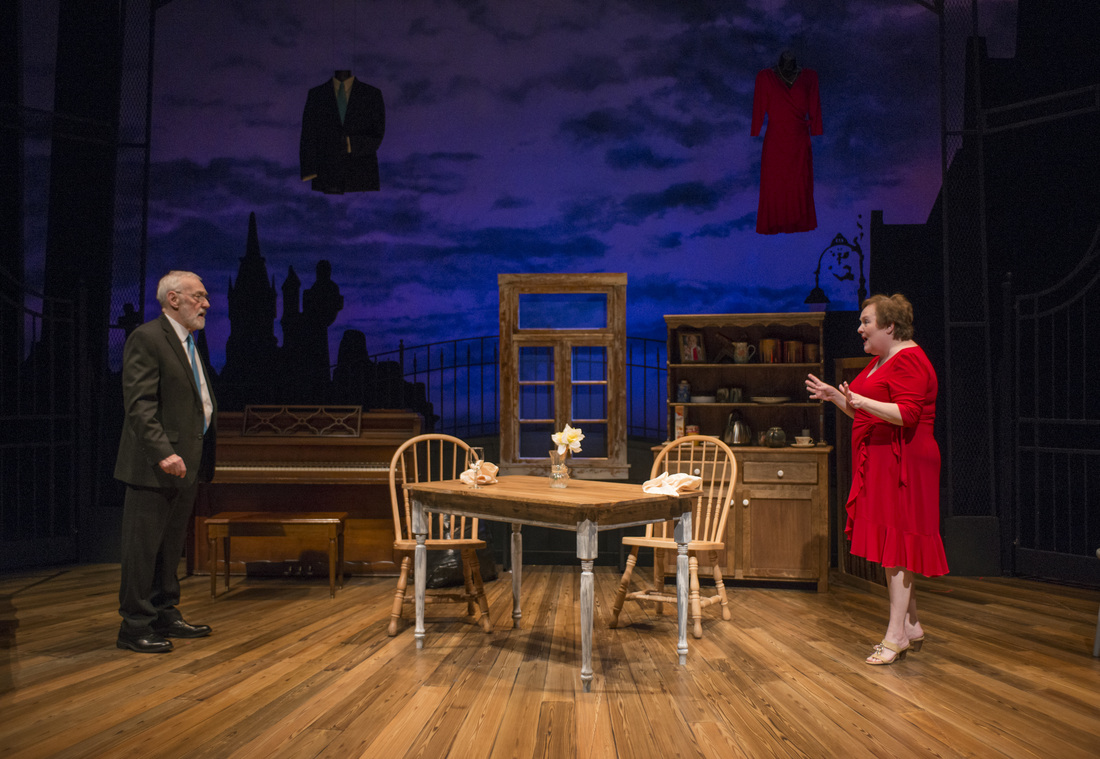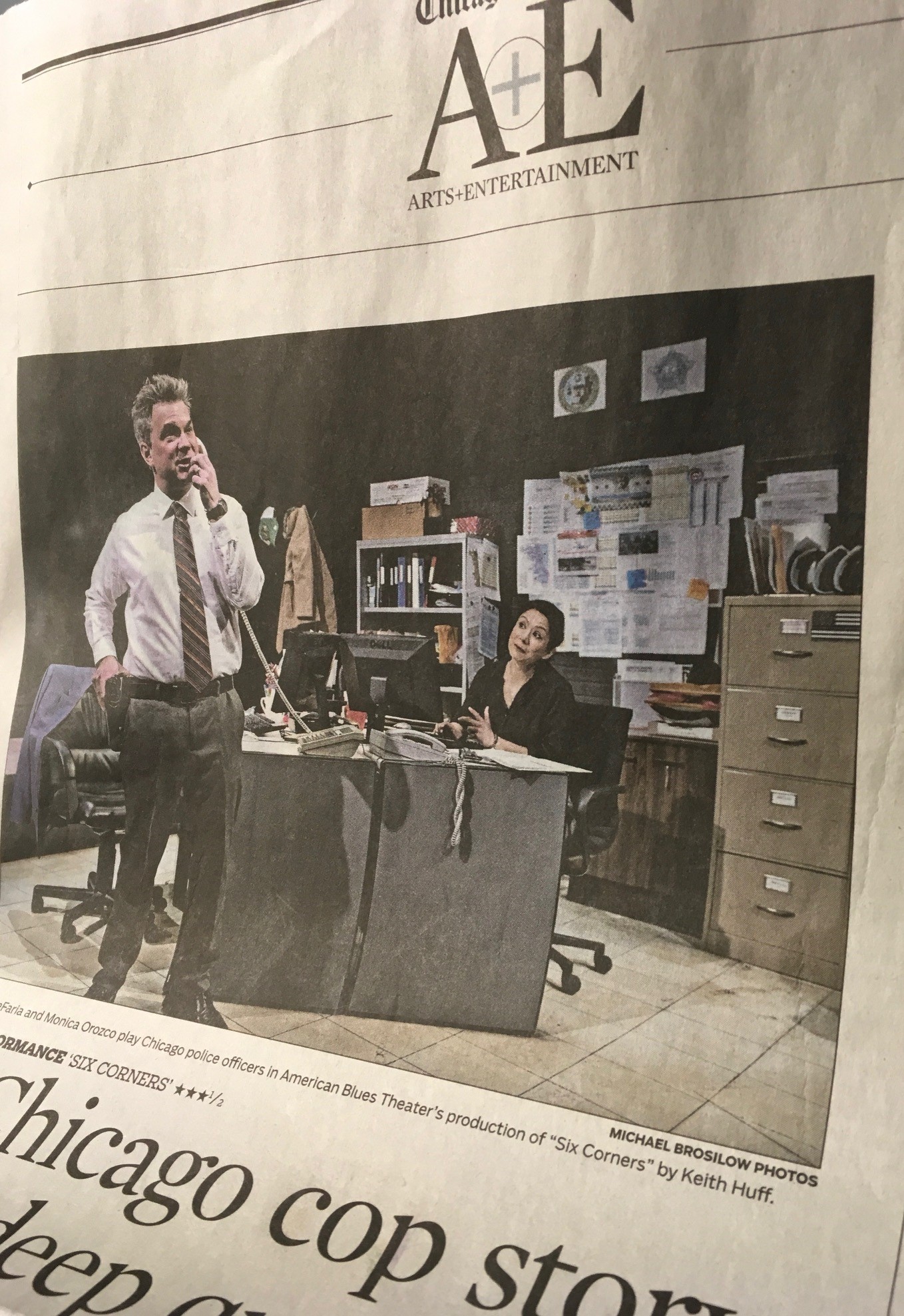MICHAEL BROSILOW - 32 YEARS OF CHICAGO THEATER PHOTOGRAPHY
On any given day in the Chicago Tribune, the Chicago Sun Times or countless other publications in print or online, you will see powerful images by photographer Michael Brosilow. These are not breaking news photos, but they are breaking stories in a theatrical world that Brosilow has been a part of for over 32 years, capturing the rich textures, brilliant colors and the extraordinary personalities who create the work that appears on Chicago stages, and many others, across the country. He sees it before we do and his images last long after the play has drifted out of our memory.
In recent years, Brosilow’s distinctive work spans a range of award-winning productions like Steppenwolf’s The Grapes of Wrath and August: Osage County, Court Theatre’s Caroline or Change, world premieres like the Writers Theatre production of Trevor: The Musical and A Red Orchid’s Traitor, and shows large and small from Chicago Shakespeare’s Mary Stuart, The House Theatre’s Hatfield & McCoy to Rivendell’s Cal in Camo.
The self-described photo “geek” in school with a Kodak Instamatic 124, Brosilow was like many other members of the photo club and newspaper staff. He spent countless hours in the dark room on a daily basis and knew even then that he would be a professional photographer. Soon, he established his own studio for portrait and commercial photography in Chicago. Life was good, but times were changing.
Brosilow’s career in theater photography happened not by plan, but by accident. He was invited to a poster shoot for Steppenwolf in 1986 and was then asked to shoot Educating Rita that summer. He accepted on one condition: to shoot the show live during a dress rehearsal. That decision began an association with the iconic Chicago theatre company – and dozens of others – that lasts today.
The affable, laid back Brosilow, admits that there was not a lot of money in theater photography — he did that first Steppenwolf gig for tickets — and credits Debra, his wife of 30 years, for making it possible for him to pursue his calling, which involved running from one job to the next, back to the dark room, then dropping off shots by hand to make publication deadlines to press agents and newspapers. As people naturally moved in and around the Chicago theater scene from company to company, so did Brosilow and his cameras. Then digital came along and everything changed. Today, he has amassed a carefully curated, one-of-a-kind archive of well over a million images, slides and negatives that is in high demand.
Not surprisingly, Brosilow has a textbook memory for Chicago theater and the performing arts community. There is a flash of melancholy when he recalls the brilliant careers of superb talents we have lost like John Mahoney and Martha Lavey and sincere admiration for the directors, designers, actors and theater companies who ply their craft in Chicago. The work of photographers Joe Mazza and Paul Elledge catch his eye and there was a definite trace of impish pride when he told me that he took the first professional headshot of a 14-year-old Michael Shannon.
Through it all, Brosilow still savors the thrill of entering the theater for the first time to shoot a new show, following his instincts for the artistic intent of the show, sizing it up “on the fly” and taking it from there. In his spare time, the avid cyclist took up marathon running at 50 years old, completed his last Chicago marathon in under 3 hours and will be running the Boston marathon for the 7th time in April 2018.
There is much more ahead in our enjoyable February 26th conversation with Michael Brosilow, one of the top professional theater photographers in the country. PODCAST
In the right place at the right time … “What I really like to do is shoot a full run dress rehearsal … usually it is the first dress rehearsal of a show. I am there to shoot the whole run, be it a 90 minute one-act or a 3 ½ hour show … It is like shooting sports … under changing light … you have to pay hyper-attention … to lighting cues … sound cues … I try to bring actors on stage closer together through the camera … running all over the theater trying to create those relationships of the people who are in the scene.”
True to the vision … “One of my primary goals is to have my photographs be true to the look of the show. I almost think it is my primary job. I do not want the picture online or in the newspaper to be an estimation of what this is or “like” it. I want it to be as true to the way the designers intended it and the director blocked it. … It is photojournalism in a lot of ways … documenting the shows.”
The proper perspective … “I am not a big fan of going into the balcony. Occasionally, I will go into the balcony, but I want it to be the viewers point of view. I don’t like to look under tables. I have this thing – if you are photographing a table scene, you want to see what is on top of the table. … Some theaters are a little more difficult. Goodman comes to mind ... an elevated stage and you’ve got to figure out how to look at what is on top of that table when the audience is looking at it from a lower vantage point. … (at Writers Theatre) I am at stage level, maybe I’ll go one row up and I have to shoot a little wider, but even if I am that one row up, I am on my knees … I do not like to distort the perspective. … I like it to look architectural.”
AROT and Michael Shannon’s first headshot … “A Red Orchid Theatre is an immensely difficult theater to photograph. I love those guys immensely. … They are as dedicated and as creative as any theater people you will find anywhere, but where they ever got the idea of putting a theater in this space is a mystery. But, I love the challenge of it. When I am photographing the shows … Michael Shannon is right there. I don’t even have to extend my arm … they are that close, which is the most wonderful thing about it. ... I shot Michael Shannon’s first headshot when he was 14 years old. He was a kid who came to my studio on a rainy day with a tee short balled up in his hand. I did a black and white headshot of him. I have seen him his whole career.”
House Theatre and Rivendell … “I have grown up with them from kids from SMU who started a theater, when they were at the Viaduct … Chopin. It is wonderful to see these companies mature. Rivendell’s Tara Mallen, I have known her for a very, very long time. I like their mission. They produce extraordinary work on limited budgets. Both those theaters. It is exciting to see.”
The archive … “On my desk, there are four 4TB hard drives with over a million photographs that are all cataloged. … At any given time, I can call up very easily the best twenty shots of any particular show. I spend a lot of time on my archive. Over time, they have become, historically, very, very valuable. … I can go back 30 years and pull up photographs of John Mahoney or Martha Lavey. — We have, unfortunately, lost a lot of good actors in the past couple of years — I also have a lot of archives of theater companies who are no longer with us. Famous Door and Next Theater are a couple that come to mind.”
Transition to digital, social media and cell phones … “Since I have had my feet in both worlds — in the film world and the digital world — I can’t specifically say where we are going. One of the things we are dealing with is trying to figure that out right now. You go through a period where people are posting everything. People would post 60 pictures of their vacation … (they are) learning to edit themselves … becoming much better photographers. … visually literate.”
Early Days … “When I was 12 years old, I decided to be a photographer. I got a Kodak 124 Instamatic. I am incredibly lucky … people go through their whole life to find their true calling. I am still not sure it was my true calling, but I ran with it. You had to be a sort of a geek to take pictures. … I did all that, the school newspaper, the dark room, you do all that stuff and you were kind of a geek. Kind of a nerd. You had a certain quirk. Nowadays, people have access not only to a camera in their pocket, there is a dark room and a delivery system, too. It is truly a wonderful thing. …This was our dream, to carry a camera with you at all times ... go out onto Michigan Avenue, take a picture and post it immediately. It is a matter of time — a matter of a short time — before the Pulitzer will be won with a camera phone. Somebody will be in the right place at the right time with a camera in their hand.”
The Digital Era … “For me, personally, it has been wonderful. I think that I was born to be a photographer in the digital era. … being from the film era makes me a better digital photographer because there are things that digital photography takes care of easily, but you still have to have the knowledge of it — color temperature, for example. LED lights are at one color temperature ... incandescent lights — as a film photographer, I learned how to deal with that. Because of the difficulty in it, I have been very sensitive to it, to the color of light. … Kodak never made a good film to shoot theater. They made Ektachrome 160 … then came out with 320. It was a terrible film. And that was the only film that they made for color that you can shoot under tungsten light. It was never a big market for them … Comes the digital age … I can control the color temperature immediately. I can white balance whatever I need. It was a revelation.”
Best designers … “Chicago is known as a theater town primarily for its actors and its acting style. What makes Chicago theater really great, in my eyes, and again I am a visual guy, is the designers. We have some of the best designers anywhere in the world — the Todd Rosenthal’s … the Mara Blumenfeld’s — who are constantly challenging themselves and you see it on stage. A lot of people take that for granted. I don’t. I love walking through the doors to see what I’ve gotta deal with. I never want to know beforehand. I love walking through those doors and figuring it out. Right on the fly. Figuring out how I am going to deal with this and taking it from there.”
Edited for length and clarity.
PRODUCTION PHOTOS|Michael Brosilow
CONVERSATIONS with Ed Tracy
Season 3|Episode 3 - March 6, 2018
PODCAST available on iTunes, Libsyn and Stitcher
ARCHIVE DE USURIS BLOG EMAIL WEBSITE SUBSCRIBE

